

Indigenous Peoples’ food systems are critically important repositories of biodiversity and knowledge related to healthy and diverse diets.
Indigenous Matsigenka People live in the Amazon Basin in south-eastern Peru. Traditionally, the Matsigenka cultivate the land, fish in rivers and streams, gather fruit, and hunt in the forest. Manioc is a traditional crop and staple food, consumed along with many other wild and cultivated foods. Since 2004, when oil and gas exploitation started in the area, many families in the community have stopped cultivating the land and sought temporary jobs within these extractive industries. The oil and gas exploitation brought jobs but also resulted in less fresh and healthy local foods. The availability of fish and animals decreased due to population increase, environmental pollution from oil spills, and increased motorboat traffic in the rivers. Since many families have stopped farming to work with the oil and gas companies or the municipality, there is less local food in the community and greater dependence on markets. During the COVID pandemic, many families were left without work and without income to buy food. This has led many to return to farming. They believe that they will not abandon it again; they may return to their jobs, but they will continue to cultivate land so as not to run out of food.
Dewlieh and Khweng are Khasi matrilineal communities that practice myriad ways of food production. Their focus is on traditional jhum cultivation (shifting cultivation), and they highly rely on forests for their food. While the Khweng community grows paddy rice, the Dewlieh community traditionally cultivates millets along with other crops. Despite the availability of diverse foods, dietary diversity of women was found to be low in both communities (1). The latest National Family Health Survey (NHFS-5) found that in Meghalaya, 53.8% of women (15-49 years) are anaemic and 46.5% of children (under 5 years old) are stunted (2). With the support of NESFAS, an Indigenous Peoples’ non-profit organisation, the communities are working to increase the production and consumption of local micronutrient-rich and climate-resilient species. These efforts are combined with various other activities, including the establishment of community seed banks and community gardens, as well as the promotion of agroecological and resilience-strengthening practices.
"Our ancestors lived in harmony with Nature and the forests and seas fed them with all its abundance." Chief Derrick Ziru of Pienuna
The Pienuna community, which belongs to Kubokota People, relies on both the sea and forest for their food. They also cultivate a diversity of fruits and vegetables. In the video, community members discuss the health benefits of traditional foods such as different types of shells, Ngali nut (Canarium indicum), and wild yam. They also demonstrate cooking with hot stones - a traditional method of food preparation used for fish, Ngali nuts, and other foods. Logging, soil erosion, and shoreline sea erosion are some of the issues faced by the communities. In response to the depletion of the reef system, community conservation measures are being established to increase the availability of sea foods.
The Maasai practice transhumance pastoralism as a strategy for utilizing the scarce resources of the Olkirantian landscape. In addition to livestock, Maasai consume wild fruits and use wild medicinal plants. For example, Maasai traditionally consume a special herbal tea known as Olkirowua, a decoction of various wild plants.
The traditional Maasai way of life depends on the maintenance of an optimal balance between wildlife, livestock, and people in a highly uncertain and variable environment. The area is also home to two community wildlife conservancies, namely Olkiramatian and Shompole, set aside by communities for the conservation of wildlife and the generation of income from tourism to complement income from livestock.
Today, the Maasai are complementing their high-protein diet with foods such as chapati, maize meal/ugali, potatoes, kale, cabbage, and rice. This is largely due to population growth and a reduced livestock heard due to climate change, land privatization, and land degradation. The transition from communal to private lands has brought degradation, disappearance of wild animals and plant species, reduced herds and yields, sale of land, and disintegration of communal decision making and reciprocity.
The main livestock breeds are the Maasai red sheep, the fat-tailed (black-headed) sheep, galla goats, and traditional zebu cattle. However, due to livestock diseases and climate change, the Maasai have started keeping Sahiwal and Boran cattle. The Maasai have also started growing maize, onion, sweet potatoes, cassava, millet, sorghum, tomatoes, beans, and vegetables (kales, amaranth, African nightshade, etc.). Other horticultural crops are also grown as small-scale cash crops.



Created with
Offline Website Builder